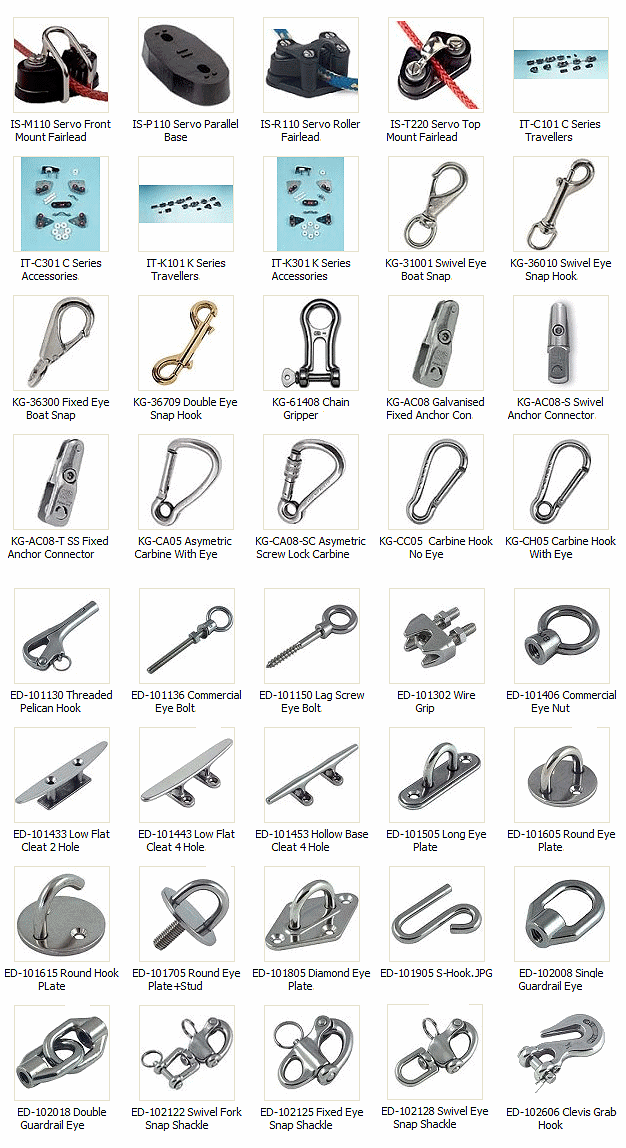"A risk assessment is not about creating huge amounts of paperwork , but rather about identifying sensible measures to control the risks in your workplace. You are probably already taking steps to protect your employees, but your risk assessment will help you decide whether you have covered all you need to."
HSE (2016a) Risk assessment. Available at: http://www.hse.gov.uk/risk/controlling-risks.htm (Accessed: 18 October 2016).
Risk assessments are simply here to ensure maximum reassurance when it comes to safety at the workplace. The law states that in you run a business with more than 5 employees you must write up a formal risk assessment, even if your business has less than 5 employees you must still psychically manage risk.
For good detail on risk assessments got to: http://www.hse.gov.uk/risk/controlling-risks.htm
Why manage risk?
- To protect yourself and/or your employees from harm
- To keep a good reputation
- It is a legal requirement to manage risk, therefore if laws are not followed serious fines/prison sentences may occur.
- 'Reasonably practicable'
http://www.safework.nsw.gov.au/law-and-policy/employer-and-business-obligations/reasonably-practicable
How to manage risk:
- Identify the hazard
- Confirm measures are already in place to reduce harm
- Assess the severity of the risk. Normally done through some kind of assessment scale
- Identify what things you can do to help manage the risk
- Finally, create an action plan with deadlines, to ensure the risk is managed.
Example of a risk assessment:










